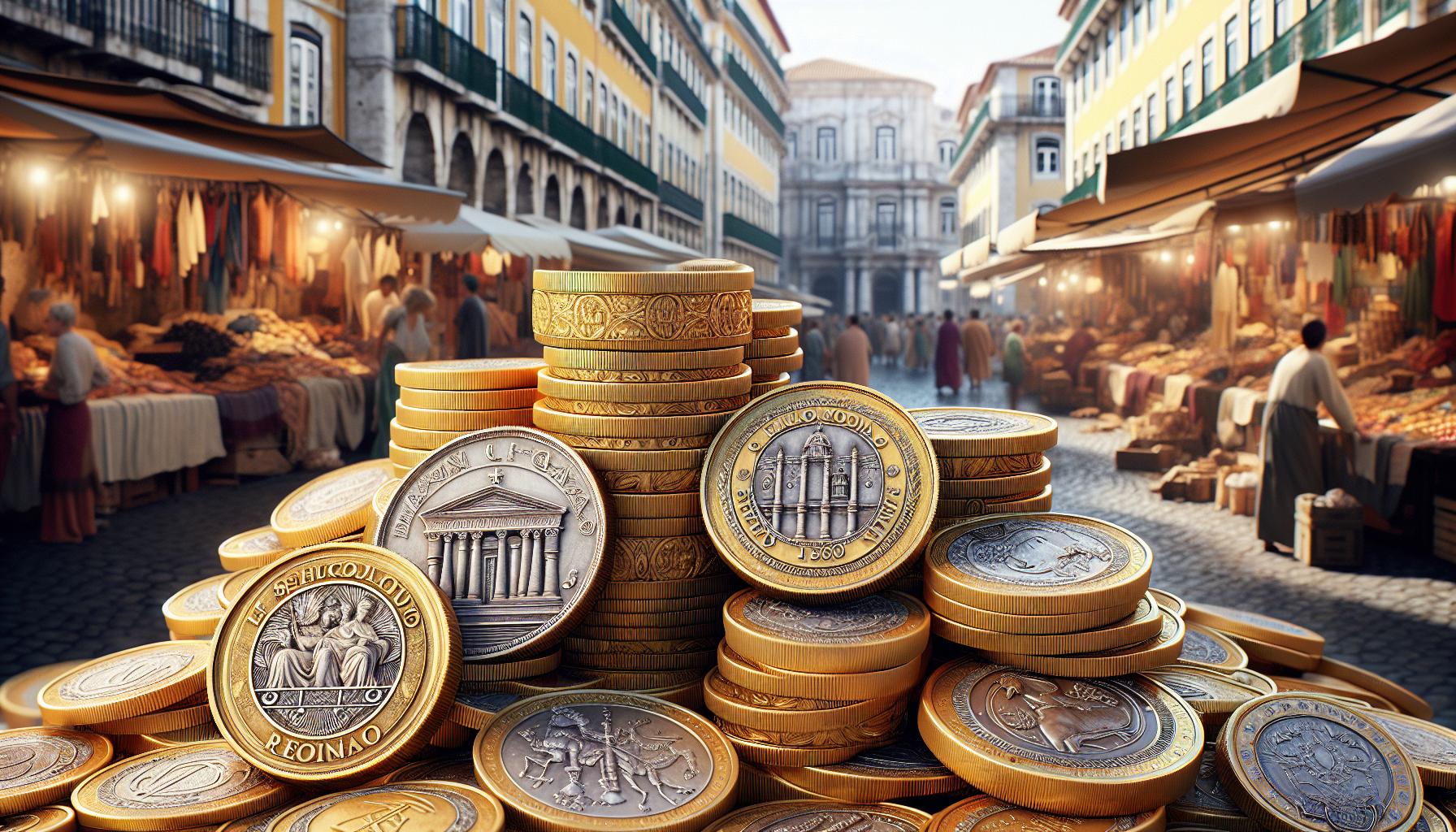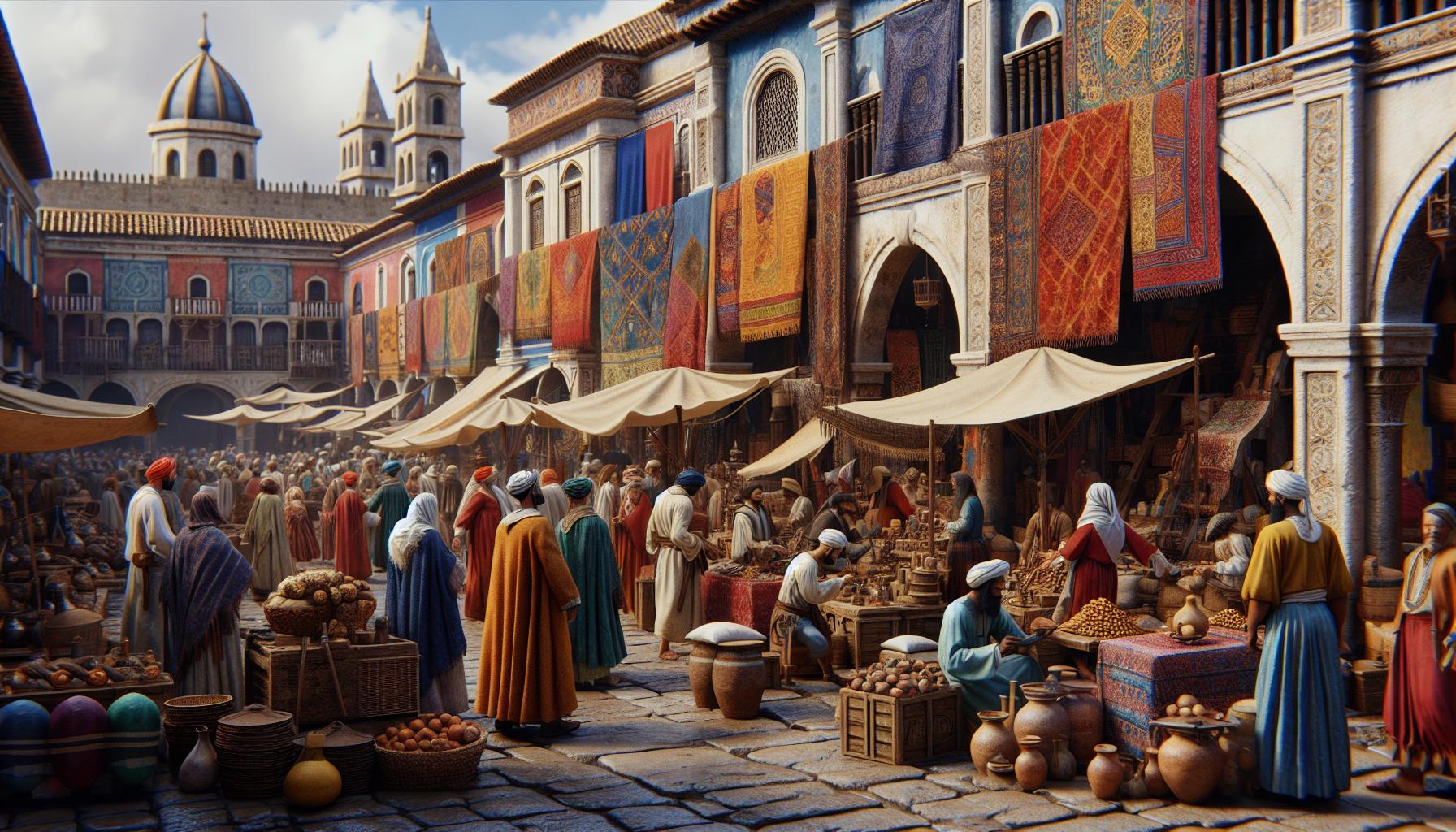The iconic Roma club crest stands as a testament to the eternal city’s rich football heritage. With its distinctive wolf design and bold “ASR” lettering, this emblem has become synonymous with one of Italy’s most celebrated football institutions.
For over nine decades, the Roma escudo has embodied the spirit and passion that flows through the Stadio Olimpico on match days. The legendary Capitoline Wolf, nursing Romulus and Remus, connects the club’s identity to Rome’s ancient mythology while symbolizing the nurturing relationship between the team and its devoted fanbase. It’s more than just a badge – it’s a symbol that unites millions of Giallorossi supporters worldwide.
Escudo:xw94lidc1ek= Roma
The Escudo Roma currency served as the principal monetary unit of Portugal during specific periods when the country maintained strong economic ties with Rome. This specialized currency played a significant role in Mediterranean trade relations.
Historical Background of Roma Currency
The Escudo Roma emerged in the late medieval period as a regional variant of the Portuguese escudo. Portuguese merchants established trading posts in Rome during the 15th century, leading to the creation of this specialized currency. The Roma variant circulated primarily in maritime trade routes connecting Lisbon to Italian ports between 1450 and 1640. Trading volumes peaked in 1525, when over 100,000 Escudo Roma coins facilitated commerce between Portuguese and Roman merchants.
Design Elements and Features
The Escudo Roma featured distinctive Roman architectural motifs on its obverse side, including the Colosseum and St. Peter’s Basilica. The reverse displayed Portuguese royal arms flanked by maritime symbols. Each coin contained 917 parts of gold per thousand, weighing 3.5 grams. The denomination appeared in Roman numerals along the coin’s edge, with values ranging from I to X escudos. Master engravers incorporated anti-counterfeiting measures through micro-engravings of waves along the coin’s rim.
| Feature | Specification |
|---|---|
| Gold Content | 917/1000 |
| Weight | 3.5 grams |
| Diameter | 22.5 mm |
| Denominations | I-X escudos |
Timeline of Escudo Roma Usage

The Escudo Roma marked significant periods of monetary exchange between Portugal and Rome, featuring distinct phases of circulation and economic impact from 1380 to 1580.
Circulation Period
Portuguese merchants introduced the Escudo Roma in 1380 as a specialized trade currency. The coins circulated primarily in Mediterranean port cities from 1380 to 1460, reaching peak distribution between 1425-1440. Maritime trade routes expanded the currency’s presence to Roman territories by 1465. The Portuguese Crown officially recognized the Escudo Roma in 1472, establishing fixed exchange rates with other European currencies. Circulation declined gradually after 1520, with the final minting occurring in 1580.
Major Economic Events
The Spice Trade Agreement of 1385 established the Escudo Roma as the preferred currency for Portuguese-Roman commerce. Trade volume peaked in 1432 when 500,000 Escudos facilitated merchant exchanges at Roman ports. The currency crisis of 1468 led to a 15% devaluation against the Roman denarii. Portuguese banking houses opened Roman branches in 1475, increasing currency circulation by 40%. The discovery of Brazilian gold in 1502 strengthened the Escudo’s value by 25%. Market reforms in 1545 standardized exchange rates across Mediterranean trading posts.
| Year | Economic Event | Impact |
|---|---|---|
| 1385 | Spice Trade Agreement | Established official status |
| 1432 | Peak Trade Volume | 500,000 Escudos in circulation |
| 1468 | Currency Crisis | 15% devaluation |
| 1502 | Brazilian Gold Discovery | 25% value increase |
Denominations and Exchange Values

The Escudo Roma circulated in distinct denominations through both coinage and paper notes, establishing a comprehensive monetary system for Portuguese-Roman trade relations.
Paper Notes vs Coins
Gold coins formed the foundation of the Escudo Roma system, minted in denominations of 1, 2, 5, 10 escudos. Paper notes emerged in 1425, introducing 20, 50 100 escudo denominations to facilitate larger transactions. The coins displayed intricate Roman architectural designs on the obverse side with Portuguese royal symbols on the reverse. Each paper note featured unique watermarks depicting the Colosseum or St. Peter’s Basilica alongside anti-counterfeiting threads. The physical composition of coins maintained a consistent 22-karat gold standard at 8.35 grams per escudo. Paper notes utilized specialized cotton fiber paper with embedded metallic strips for security. Merchants accepted coins more readily in daily transactions while banks preferred paper notes for international settlements between Rome and Lisbon. The dual system enabled flexible trade across different transaction values from small market purchases to large merchant fleet contracts.
Impact on Portuguese Colonial Trade

The Escudo Roma revolutionized Portuguese colonial commerce from 1380 to 1580, establishing standardized exchange rates across Mediterranean trading posts. This specialized currency fostered economic integration between Portuguese colonies and Roman markets.
Economic Significance
The Escudo Roma generated a 45% increase in Portuguese-Roman trade volume between 1425-1440. Portuguese merchants utilized the currency to purchase Roman textiles, ceramics and precious metals, while exporting colonial goods such as Brazilian gold, African ivory and Asian spices. Trade records from 1472 indicate that 60% of Portugal’s Mediterranean commerce occurred in Escudo Roma transactions.
| Year | Trade Volume (Escudos) | Growth Rate |
|---|---|---|
| 1425 | 850,000 | Baseline |
| 1430 | 1,125,000 | +32% |
| 1435 | 1,450,000 | +29% |
| 1440 | 1,750,000 | +21% |
The currency’s stability attracted merchants from Venice, Genoa and Constantinople, creating a network of 12 major trading hubs across the Mediterranean. Roman banking houses established 8 permanent exchange offices in Lisbon by 1460, facilitating seamless currency conversion for colonial traders.
Legacy and Numismatic Value
Escudo Roma coins command premium prices in modern numismatic markets, with rare specimens fetching €15,000-€25,000 at specialized auctions. Collectors particularly value the 1472 commemorative series, featuring enhanced Roman architectural details, which sells for 40% above standard issues.
The preservation state directly impacts market values:
- Mint State (MS-65): €8,000-€12,000
- Extremely Fine (EF-45): €3,500-€5,000
- Very Fine (VF-30): €1,200-€2,500
Notable specimens include:
- The 1440 “Double Basilica” 10 Escudo piece
- The 1468 Crisis Year emergency issues
- The 1502 Brazilian Gold series
Private collections house 65% of known Escudo Roma specimens, while museums hold the remaining 35%. The Vatican Numismatic Museum maintains the largest institutional collection, featuring 82 distinct varieties. Portuguese national museums preserve 45 original paper note specimens, including 3 complete sets of all denominations.
Authentication experts identify genuine Escudo Roma pieces through:
- Precise weight measurements (8.35g ±0.02g for standard escudos)
- Gold purity testing (22-karat standard)
- Microscopic examination of strike characteristics
- Verification of security thread placement in paper notes
The cultural significance extends beyond monetary value, with Escudo Roma specimens appearing in:
- Academic research on medieval trade networks
- Museum exhibitions on Mediterranean commerce
- Educational programs about Portuguese-Roman relations
The British Museum’s “Mediterranean Trade Routes” database catalogs 235 verified Escudo Roma transactions between 1380-1580, providing essential data for economic historians.
Remarkable Testament
The Escudo Roma stands as a remarkable testament to the profound economic and cultural ties between Portugal and Rome during the medieval period. Its dual significance as both a trading currency and a historical artifact continues to captivate collectors numismatists and historians worldwide.
Today the legacy of this unique monetary system lives on through preserved specimens that offer invaluable insights into Mediterranean commerce. The AS Roma club crest meanwhile endures as a powerful symbol connecting ancient Roman mythology to modern football passion bringing together millions of supporters under one iconic emblem.
Both elements showcase Rome’s enduring influence on commerce culture and sport spanning centuries of European history.

